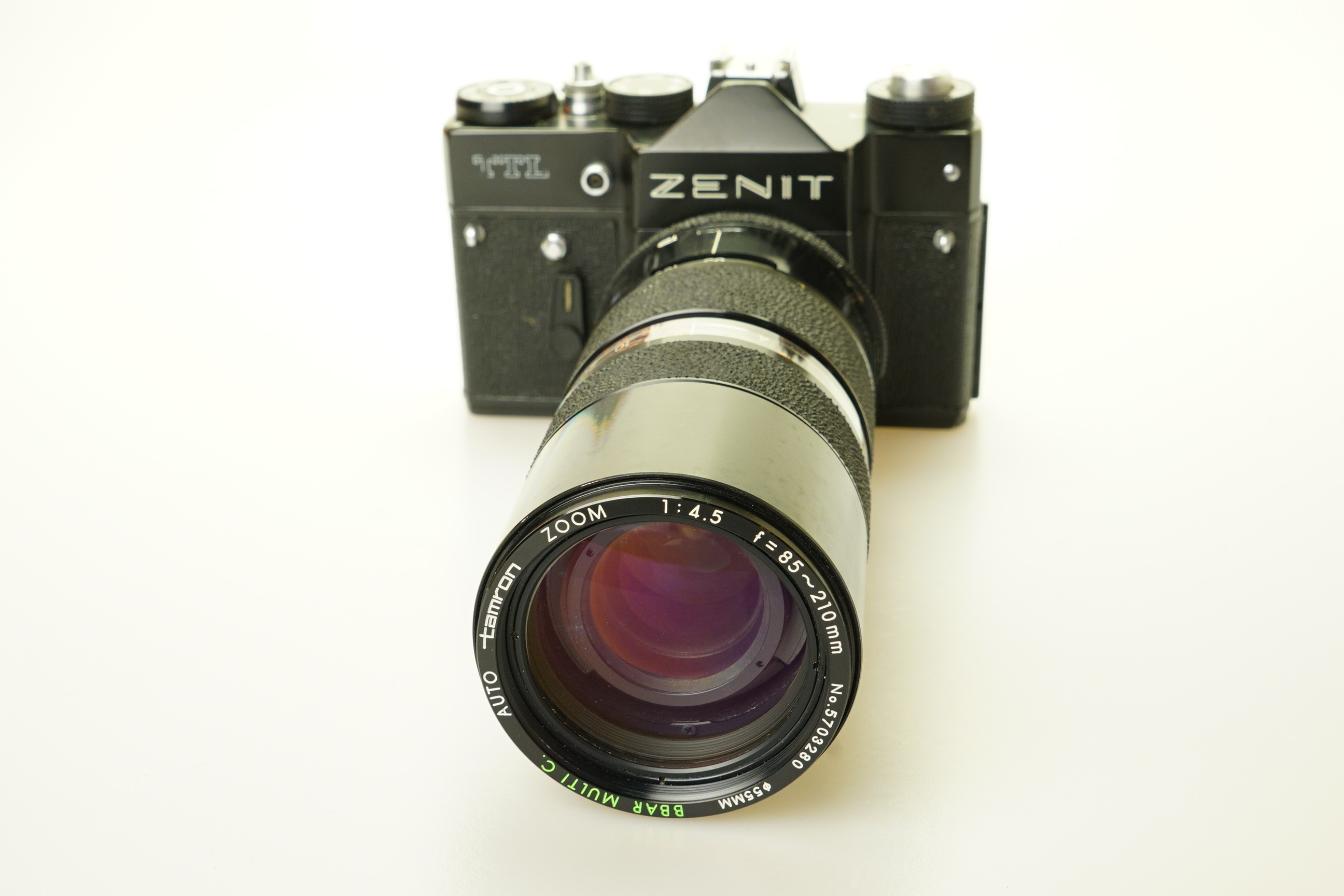

But 4:30? Why there? I say the simplest answer is the most reasonable – it puts the date window between the applied hour indices. We’re used to it appearing at 3 o’clock, 6 o’clock, or maybe at 4 o’clock. Set in the midst of those registers is something we do not see that often now – a date display at the 4:30 position (picturing where an hour hand would be pointing). The triple-register layout for the chronograph and running seconds are recognizable today. Zenith Chronomaster El Primero A385 Revival and A384 Revival Liberty

That blockiness of the 37mm case also places it firmly in the early 70s, making for a unique look. No, it doesn’t have the octagonal case, but with all of it’s straight edges, that’s where my mind places it. The starting point would of course be that iconic case, which seems to hew closer to the Defy line than we might otherwise expect. While the original A385 and A385 predate me by a few years, the Zenith Chronomaster A384 and A385 Revival El Primero look to be faithful reproductions of those original watches. Zenith Chronomaster El Primero A385 Revival and A384 Revival Liberty Design Details That’s a story for another article, but it’s worth noting that Vermot single-handedly saved the El Primero movement, and quite possibly Zenith as a watch company. They were a little less-prepared for the quartz crisis that was about to engulf them, which resulted in the El Primero movement almost being lost in the mid-70s, if not for the efforts of Charles Vermot.

While these watches do have a clear and distinctly vintage aesthetic by today’s standards, they were forward-looking for the brand, putting Zenith in a position to be ready for 70s styling. To showcase this new marvel, Zenith introduced three watches – the A386 (which looks like the classic round chronograph we’re more used to seeing today) and then the angular tonneau case of the A384 and A385. At that time, it brought an amazing number of innovations to the fore, giving the world an automatic 1/10th of a second chronograph that also had calendar capabilities. Zenith Chronomaster El Primero A385 Revival and A384 Revival Liberty Historyġ969 was the year that the Zenith El Primero movement made its debut. For the collector interested in the history of the chronograph, and in a caliber that in many ways changed the landscape of chronograph production, one perfect way to add that movement to one’s collection would be to go with the reissues of watches that the movement was introduced with – the Zenith Chronomaster A384 and A385.

It is effectively inarguable that the Zenith El Primero movement is one such movement. Sometimes, though, we run across a movement that has such an impact that it develops its own gravitational pull. Within the watch world, we tend to focus on specific models that become iconic for a brand.


 0 kommentar(er)
0 kommentar(er)
